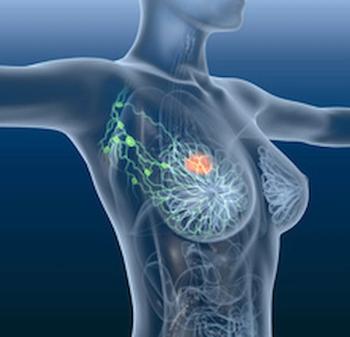
Results from the phase 3 VIKTORIA-1 trial showed gedatolisib plus fulvestrant with or without palbociclib improved progression-free survival.

Your AI-Trained Oncology Knowledge Connection!


Results from the phase 3 VIKTORIA-1 trial showed gedatolisib plus fulvestrant with or without palbociclib improved progression-free survival.

AMPLIFY trial results form the basis of the submission, with venetoclax/acalabrutinib showing a PFS advantage vs chemoimmunotherapy in patients with CLL.

Explore innovative strategies and emerging therapies transforming small cell lung cancer treatment, enhancing patient outcomes and survival rates.
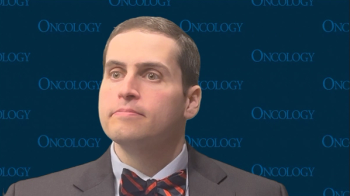
Combining renal vaccines with immune therapy may better target tumor cells while limiting harm to healthy tissue, according to David A. Braun, MD, PhD.

Improving data collection and biomarker development across institutions may represent areas of expansion in kidney cancer research.
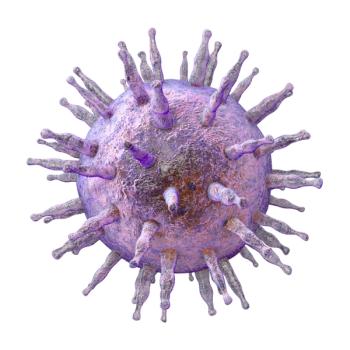
Following the lifting of a clinical hold, the FDA has again accepted the BLA for tabelecleucel in adult and pediatric patients with EBV-positive PTLD.

KIM-1 is a biomarker in the blood that may help noninvasively detect kidney cancer, according to Wenxin (Vincent) Xu, MD.

Bhuvanesh Singh, MD, has big plans for enhancing the skin cancer program at Northwell Health.
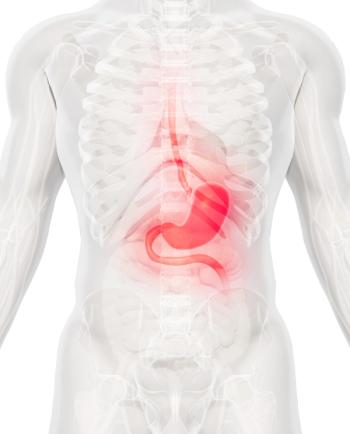
Results from the phase 3 MATTERHORN trial support the FDA’s designations for durvalumab in gastric/gastroesophageal junction cancers.

Experts share their perspectives on updated clinical trial results, personalized cancer vaccine research, and other notable developments in kidney cancer.

A phase 0 trial is seeking to assess the feasibility of aiding anticancer cells with cytokines to restore their function.

Although pembrolizumab addressed a long-standing need in adjuvant kidney cancer treatment, combinations with the agent may further bolster efficacy.

A proactive regimen reduces dermatologic AEs in patients with NSCLC who were treated with amivantamab and lazertinib, enhancing treatment adherence.

Data from the DREAMM 7 trial may support belantamab mafodotin plus bortezomib and dexamethasone as a new standard of care in this patient population.
![“The trial will be successful, or [we’ll] declare it a success if we see at least 3 of 24 responses overall,” stated Ravi, MD, BChir, MRCP, on the phase 2 LASER trial in RCC.](https://cdn.sanity.io/images/0vv8moc6/cancernetwork/9addaac21d809a7b642a567b0a704cbb15d87ac5-2966x1684.png?w=350&fit=crop&auto=format)
“The trial will be successful, or [we’ll] declare it a success if we see at least 3 of 24 responses overall,” stated Praful Ravi, MB, BChir, MRCP, on the phase 2 LASER trial in RCC.
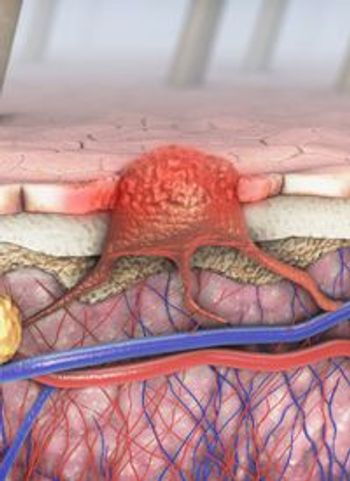
Experts analyze the evolving landscape of melanoma treatment, highlighting key clinical trials and strategies for optimizing patient outcomes.

Success with the 177Lu-PSMA-617 radioligand therapy would be transformative for the clear cell renal cell carcinoma treatment landscape.

Patients with FRα+, platinum-resistant high-grade serous epithelial ovarian, fallopian tube, or primary peritoneal cancer may now be eligible for mirvetuximab soravtansine in the UK.

Results from the phase 3 GMMG HD7 trial support the approval of the isatuximab-based combination in patients with newly diagnosed multiple myeloma.

Personalized kidney cancer vaccines may help guide immune therapies to more effectively attack cancerous cells while mitigating harm to healthy tissue.
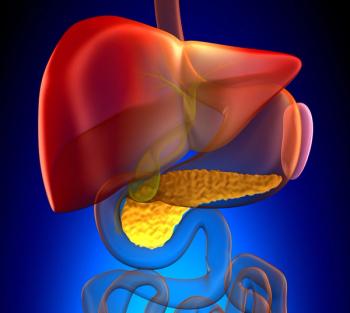
Results from a phase 1/2a trial supported the designation for VS-7375 in those with PDAC harboring a KRAS G12D mutation.
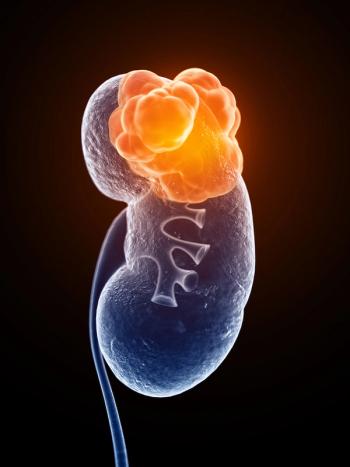
Collaborators in the Kidney Cancer Research Consortium aim to address mechanistic and scientifically driven questions in the kidney cancer field.
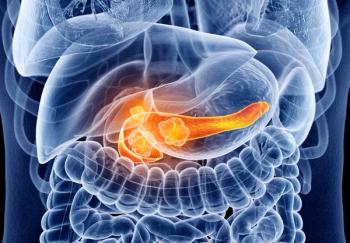
Results from the phase 3 CABINET trial demonstrated a clear progression-free survival benefit with cabozantinib vs placebo in patients with well-differentiated pNET/epNET.

A genitourinary oncologist explained that KIM-1 can be used to diagnose, risk-stratify, and detect disease and monitor disease treatment in patients with kidney cancers.
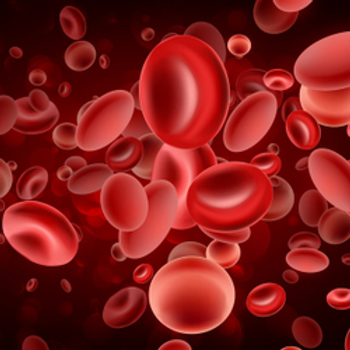
Phase 3 DREAMM-7 and DREAMM-8 trial results showed that combinations with belantamab mafodotin showed superior efficacy vs standard of care in the disease.

The agency’s decision is based on results from the phase 1 RMC-6291-001 clinical trial evaluating elironrasib monotherapy in patients with solid tumors.
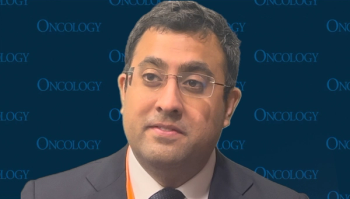
An ongoing phase 1 trial seeks to prove XmAb819 as an effective treatment and ENPP3 as a plausible target in patients with relapsed or refractory RCC.

Ibrutinib tablets will become available at 140 mg, 280 mg, and 420 mg for patients with chronic lymphocytic leukemia and Waldenström macroglobulinemia.
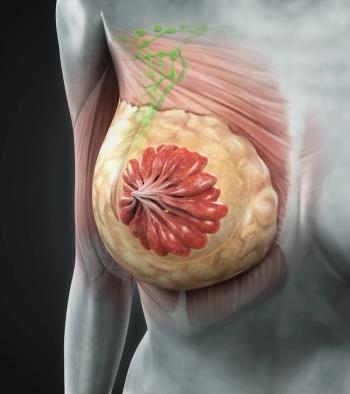
Data from the phase 3 INAVO120 trial support the approval of inavolisib-based treatment for patients with PIK3CA+, ER+/HER2– disease in the EU.

ACRO's Accreditation Program has completed and passed its annual surveillance by the International Standards Organization.